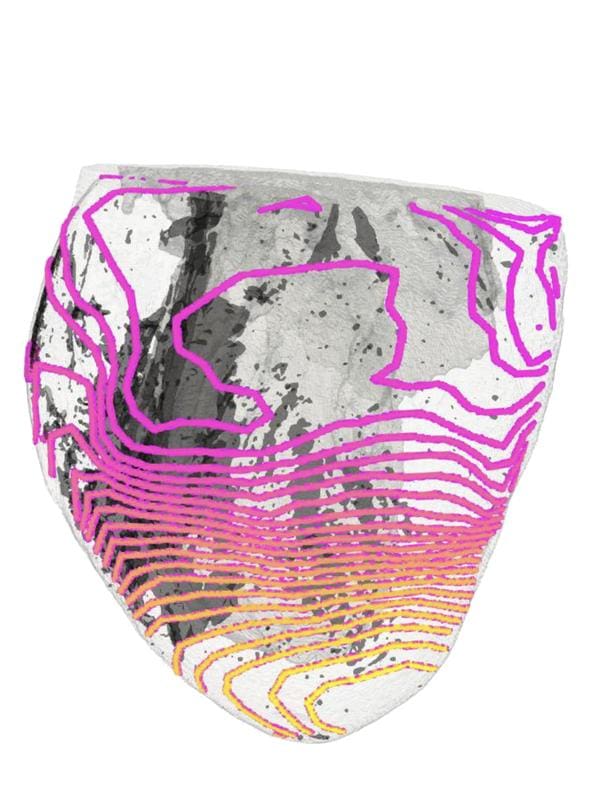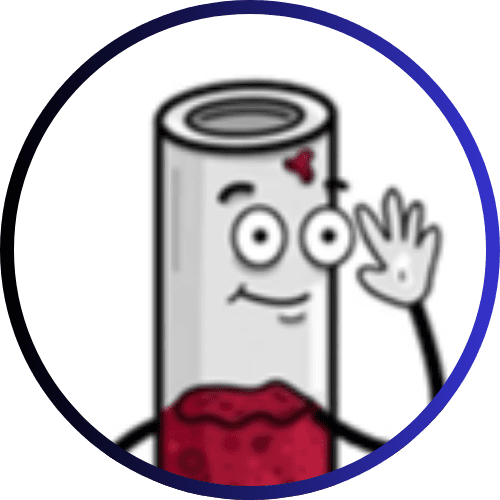New imaging reveals causes of sudden cardiac death
Researchers at the University of Freiburg have used a novel 3D imaging method in a mouse model to show how scar tissue in the heart can lead to life-threatening arrhythmias. The changes may explain why young, seemingly healthy people can also be affected, and occur mainly during stress.
In cooperation with the Italian National Research Council, the doctors analyzed mice with a genetic heart muscle disease that is similar to the human clinical picture. The combination of high-resolution imaging and optical measurements revealed that scars interfere with the propagation of electrical signals in a frequency-dependent manner: With a normal pulse, impulses remain largely unaffected, but with a higher heart rate due to stress or exertion, they are attenuated or blocked, similar to a filter effect.

The findings, published in Nature Cardiovascular Research, could improve diagnostics, as routine examinations at rest often remain inconspicuous. The researchers advocate digital heart models that take into account anatomy and electrical cell properties in order to better predict individual risks.
Next steps include testing in larger animal models for transmissibility to humans and further developing the method for clinical applications. The work was funded as part of a Collaborative Research Centre; one participating scientist recently received an ERC Advanced Grant.
Among others, Peter Kohl, Director of the Institute for Experimental Cardiovascular Medicine at the University Medical Center Freiburg, as well as Francesco Giardini and Leonardo Sacconi were involved.
Editor: X-Press Journalistenb├╝ro GbR
Gender Notice. The personal designations used in this text always refer equally to female, male and diverse persons. Double/triple naming and gendered designations are used for better readability. ected.




